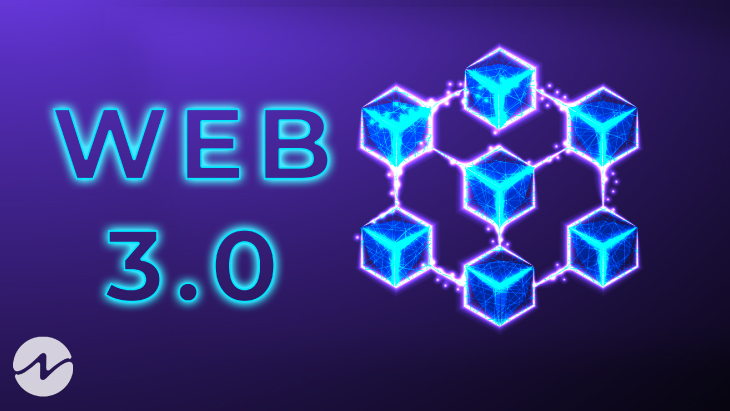Web3 is the newest layer of the internet that includes blockchain, cryptocurrencies, the metaverse, NFTs, and decentralized applications (dApps). It has recently seen a massive influx of cash from venture capital firms such as early Facebook and Twitter investor Andreessen Horowitz (a16z). But some avid Web3 users worry that too much VC involvement could harm the movement, turning into a glorified Web 2.0. But many seasoned founders think a money injection is just what the industry needs to mature and better serve such rapidly growing communities – so long as they’re involved.
Advocates often herald Web3 as finally introducing the autonomy and censorship resistance that aligns more closely with the original vision of the internet. Its roots stretch back to Bitcoin, an independent concept of money using blockchain technology. But the Web3 movement was born circa 2021 when blockchain tech came into its own with newly discovered utility – decentralized applications (dApps). With new dApps from gaming to decentralized finance (DeFi), blockchain networks and applications struggled to scale fast enough to meet the demands of an exponentially growing user base. In order to service global demand, upgrades to blockchain tech and a better underlying server or “node” infrastructure are critically needed. Though these undertakings require money, and a lot of it.
Seeing a massive opportunity, VCs started heavily funding Web3 projects focused on the foundational blockchain infrastructure layer. Web3 infrastructure providers grant access to the blockchain data that power dApps for Web3 developers who don’t want to go through the difficult and expensive process of setting up their own blockchain nodes. Providers have garnered massive fundraising rounds and valuations due to their enormous utility in the space. But some are worried that this funding could come with a price tag higher than face value: the centralization of blockchain’s foundation.
Infrastructure providers using a Web 2.0 subscription-based business model could be at risk of centralizing Web3 with too many company-owned nodes that are subject to government sanctions or geofencing services to comply with government regulations– a thought that makes Web3 purists cringe. However, alternative providers have found a way to ensure their community of users will always be prioritized with decentralized infrastructure.
“Web3’s node infrastructure should always be as decentralized as possible,” said Chandler Song, Co-Founder and CEO of Web3 infrastructure startup, Ankr. “What we’ve done is create a marketplace for infrastructure where independent node operators serve users needing remote connections to blockchain data so they can develop and power decentralized applications.”
This business model is in stark contrast to more centralized providers. They provide remote access to company-owned nodes usually housed in Amazon Web Services data centers in exchange for cash. In Ankr’s “economy,” users pay for services in the ANKR cryptocurrency. They also use it to vote on key issues via a new concept of democratization called a DAO (decentralized autonomous organization).
When VCs fund Web3 projects that are more involved with their communities, like Ankr, they see less risk of centralizing Web3 ecosystems as they are more accountable to their user base and already have a base layer of decentralization. As long as communities have more control over the environment, a large VC funding stimulus could drastically improve products, services, equipment, and innovation in the space. The principle is similar to legacy companies and regulators looking to get a piece of Web3. They introduce some oversight and rules in places, but they create a more mature industry ready for global adoption.
Over the past year, venture capital has played a large role in delivering Web3 to mainstream culture by injecting the necessary money and resources. Ultimately, the avid users of Web3 will seek out the projects that best serve the decentralized web, so venture capitalists would always be wise to listen to the desires of the Web3 populace.








